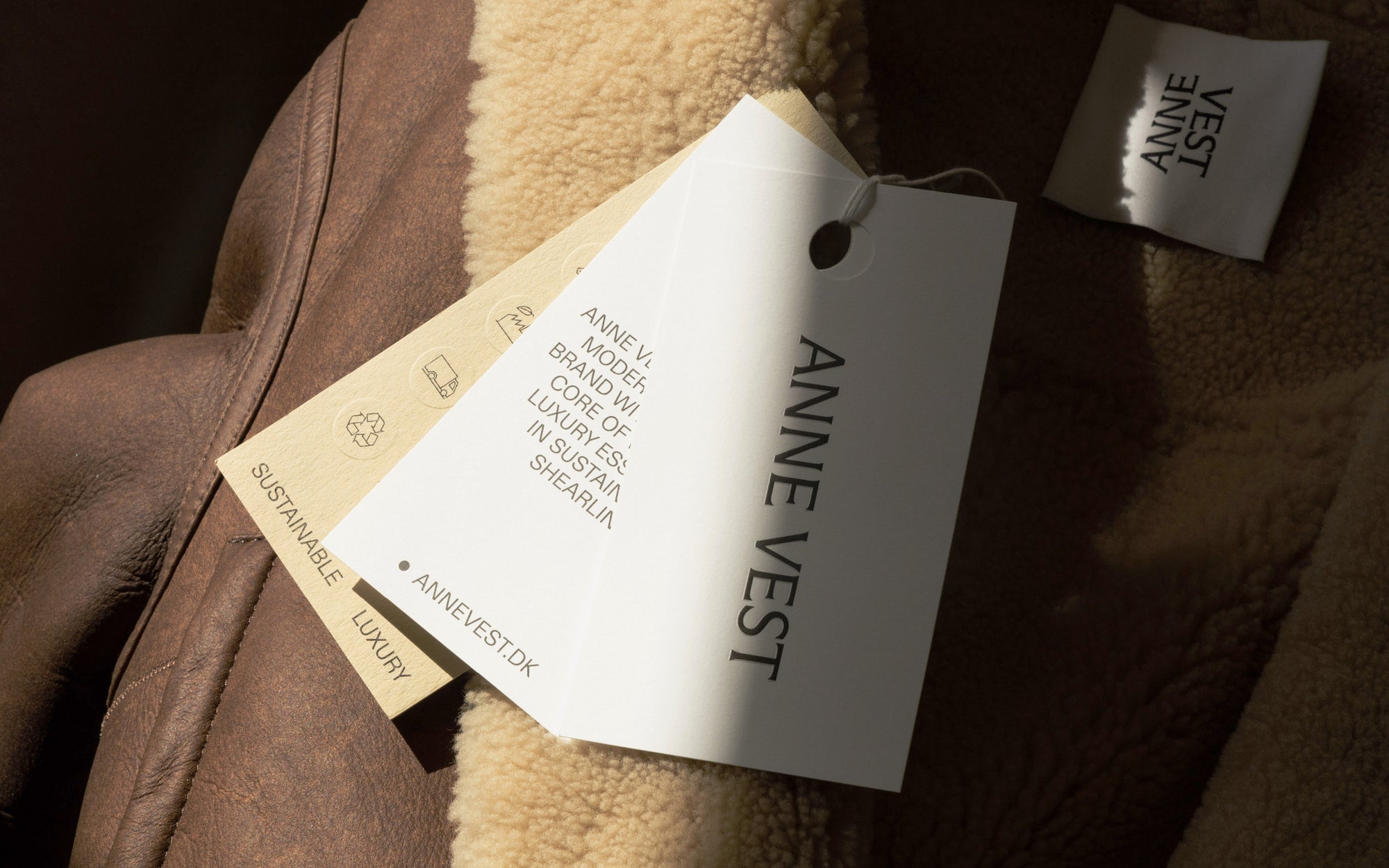Circularity
We carefully select premium quality in order to provide the highest caliber products for our designs. Genuine skins that will age with grace. Beautiful, high quality shearling starts with healthy livestock.
All ANNE VEST shearling comes from well-known, certified sources, where professionals are trained to respect animals. Our coats and bags are made by professionals mastering specific knowledge and skills, which have been passed down from generation to generation. No natural skin is the same, making the assembly process of each product unique.
We believe that it is better to repair rather than replace. We rarely have any returns, however on the occasion that we do, we always try to repair rather than replace. We do this because we are the manufacturers. This results in less wasted materials.
Lambskin coats and bags have a very long lifecycle and is easy to recycle. Each piece of material is cut and sewn individually. Leftover pieces of material at the end of production is used as material references in our sales materials, used by our wholesale distribution team.
Raw materials and animal welfare
Our skins originate from Iceland, Spain and South Africa. They are sourced from as a by-product of the meat industry, an available raw material that would otherwise be disposed of. All animals are raised in large open-air areas, on natural grass. We never source skin from industrial farms.
Production process
To be as responsible as possible, we only produce based on demand to avoid stock surplus.


